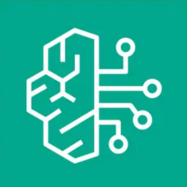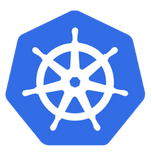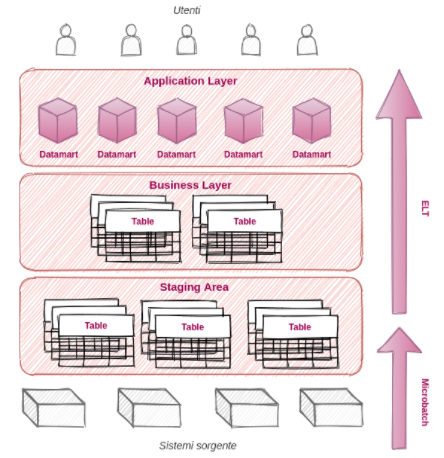Selex Gruppo Commerciale is the second largest Italian operator in modern organized distribution with a market share of over 14%. Its ability to intercept market changes and understand consumer needs has enabled the Group of 18 members to develop in a capillary manner throughout the Peninsula.
Today, the commercial network consists of more than 3,200 points of sale integrated in every territory and available in all formats – from cash and carry to hypermarkets, supermarkets and superettes.
The drive to constantly improve its offering led Selex to launch the CosìComodo online shopping portal in 2017. Since then, the e-commerce channel has grown steadily over the years and now includes 12 of the Group’s brands, for a total of over 100 pick-up points and 400 CAP territories covered by the home delivery service.
To guarantee consumers increasingly innovative, efficient and top-quality products and services Selex decided in 2020 to equip itself with a retail analytics platform, selecting Snowflake as the basis for managing data from the digital channel and PowerBI for generating the analyses.
The new platform, developed in collaboration with Quantyca over a period of 6 months, has enabled Selex to have a constantly updated and integrated view of all the key indicators along the main dimensions of analysis (customer, product, promotion, member, brand, …), thus reducing the time and cost of producing new reports and enabling a data-driven approach to the definition of new business initiatives.





























